For some people, making sure you’re eating a healthy and well-balanced diet can feel like a challenge. This is especially true in recent times since organic grocery prices have skyrocketed. This has left some individuals thinking of alternatives to visiting the food store. One solution is starting your own garden, which can be a fun and a rewarding way to incorporate a variety of vitamins and minerals into your diet. Let’s explore 15 vegetables that are rich in Vitamin B that even the most inexperienced gardener will be able to grow in their garden.
1. Spinach
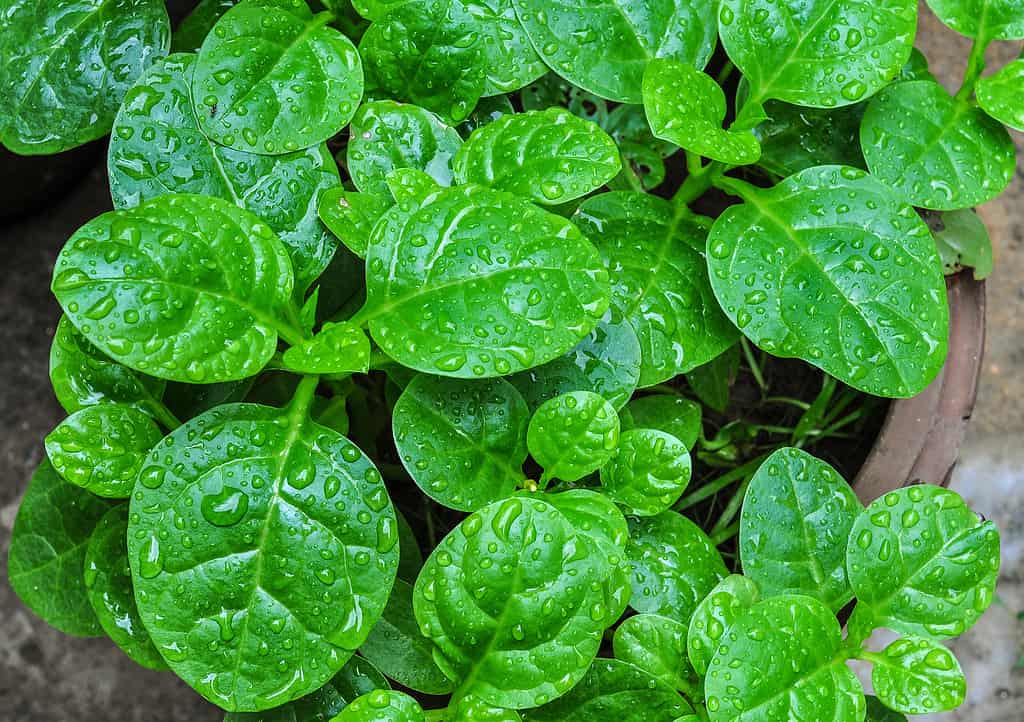
Spinach is also rich in Vitamin C and Vitamin K.
©Photo: Joydeep /CC BY-SA 3.0 - License
Leafy greens are some of the foods that contain the most Vitamin B, and spinach is a popular choice among them. This vegetable can be eaten raw in salads, cooked down and served as a side dish, or blended into smoothies.
2. Peas
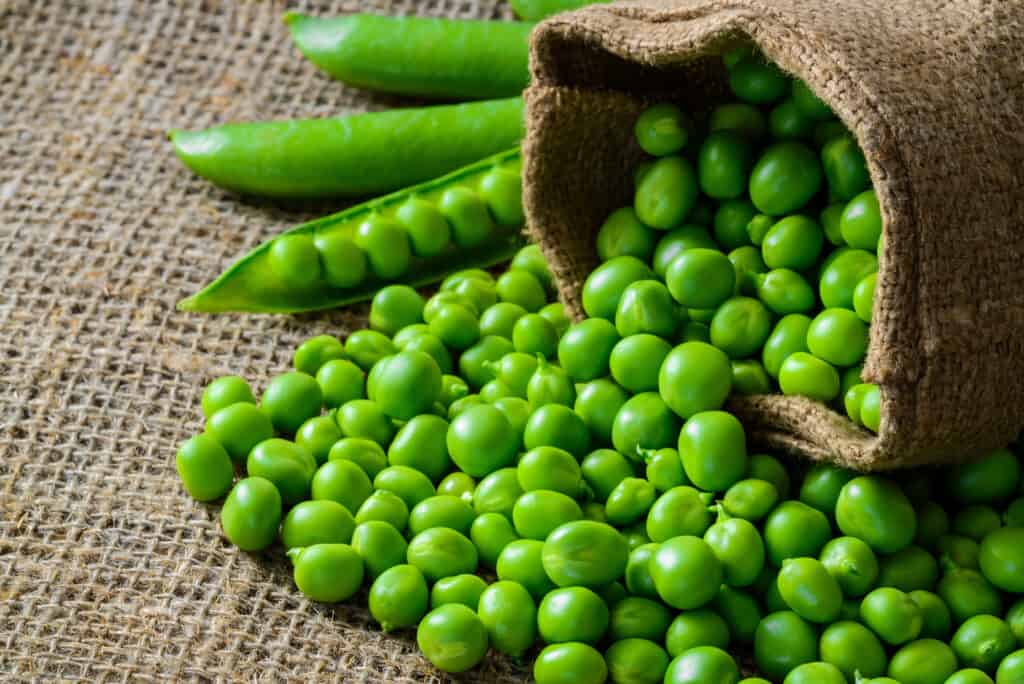
Peas are high in fiber which aids in digestive health.
©287797673/Shutterstock.com
If you don’t have a green thumb, peas might just be the plant for you. Peas are famously cold-hardy and easy to grow in addition to being an excellent source of Vitamin B.
3. Asparagus

Asparagus is perennial. As long as it’s properly maintained, gardeners can enjoy harvesting this vegetable each year.
©DUSAN ZIDAR/Shutterstock.com
In addition to being a rich source of Vitamin B, asparagus also has a wealth of other nutritional benefits. This vegetable is jam-packed with fiber, calcium, and Vitamins, C, A, and K. Plant asparagus in an area that gets a lot of sun for the best results.
4. Brussels Sprouts

This vegetable is also very fiber-rich which aids in digestion.
©gabort71/ via Getty Images
Brussels sprouts can be a divisive vegetable: many people either love them or hate them. However you feel about them, one thing is undeniable: Brussels sprouts are incredibly healthy. Incorporating them into your diet will provide you with a good source of Vitamin C and K in addition to Vitamin B.
5. Romaine Lettuce
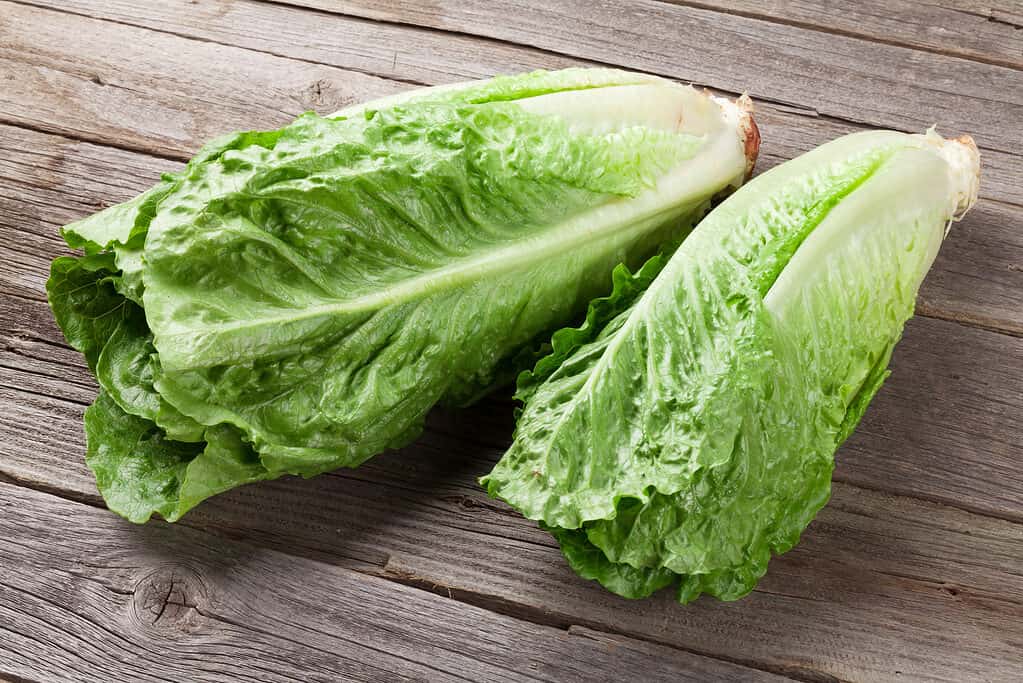
As long as gardeners remember to water this plant, growing romaine lettuce is low-maintenance.
©iStock.com/karandaev
Similar to spinach, romaine lettuce is an excellent leafy green that is rich in vitamin B. The best part is that this vegetable is incredibly diverse. Gardeners can enjoy romaine lettuce as the base of a salad, a stir-fry ingredient, a low-carb wrap alternative, or simply a topping for other meals.
5. Bok Choy
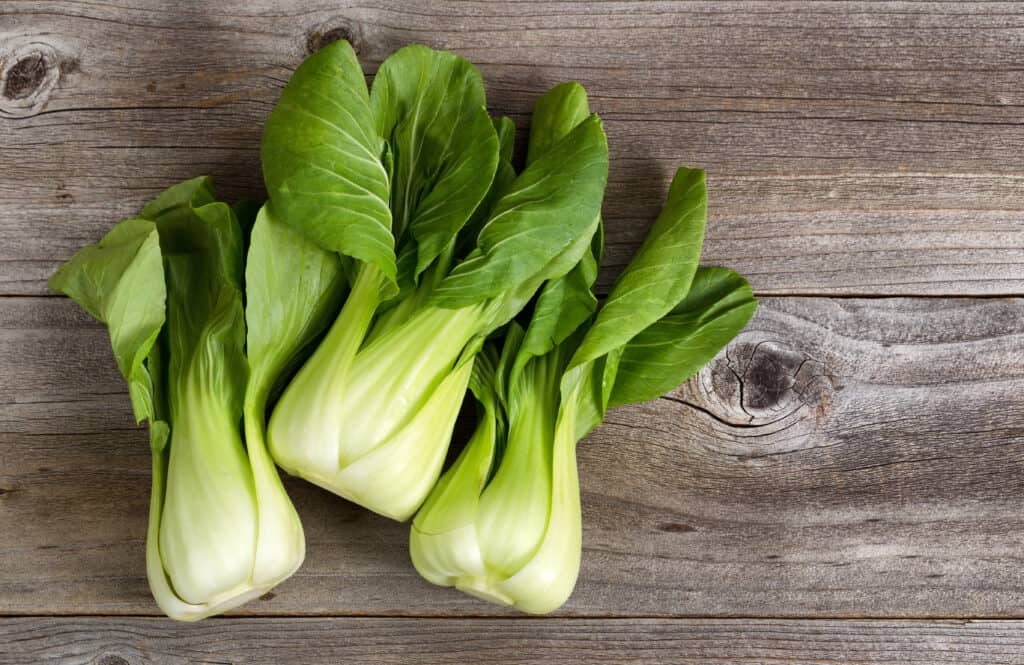
Gardeners should plant their bok choy in an area that is partially shaded.
©tab62/Shutterstock.com
Growing bok choy is simple and easy, and gardeners of any skill level will be able to cultivate it well. In addition, consuming bok choy is associated with hair, skin, and nail health.
6. Kale

This food is one of the best sources of Vitamin B available.
©Thirawatana Phaisalratana/iStock / Getty Images Plus via Getty Images
When it comes to health foods, kale is one of the most famous among them. This is for a very good reason, as kale is incredibly nutrient-dense. In addition to being a wonderful source of Vitamin B, this vegetable is rich in calcium, potassium, fiber, and antioxidants.
7. Sweet Potatoes

Eating sweet potatoes once per week can provide individuals with a wealth of health benefits.
©Angelika Heine/Shutterstock.com
Sweet potatoes are a Thanksgiving staple for many families. However, because this vegetable offers so many health benefits, families would do well to cook it year-round. Sweet potatoes are an excellent source of potassium, carotene, fiber, and Vitamins A, B, and C.
8. Cauliflower
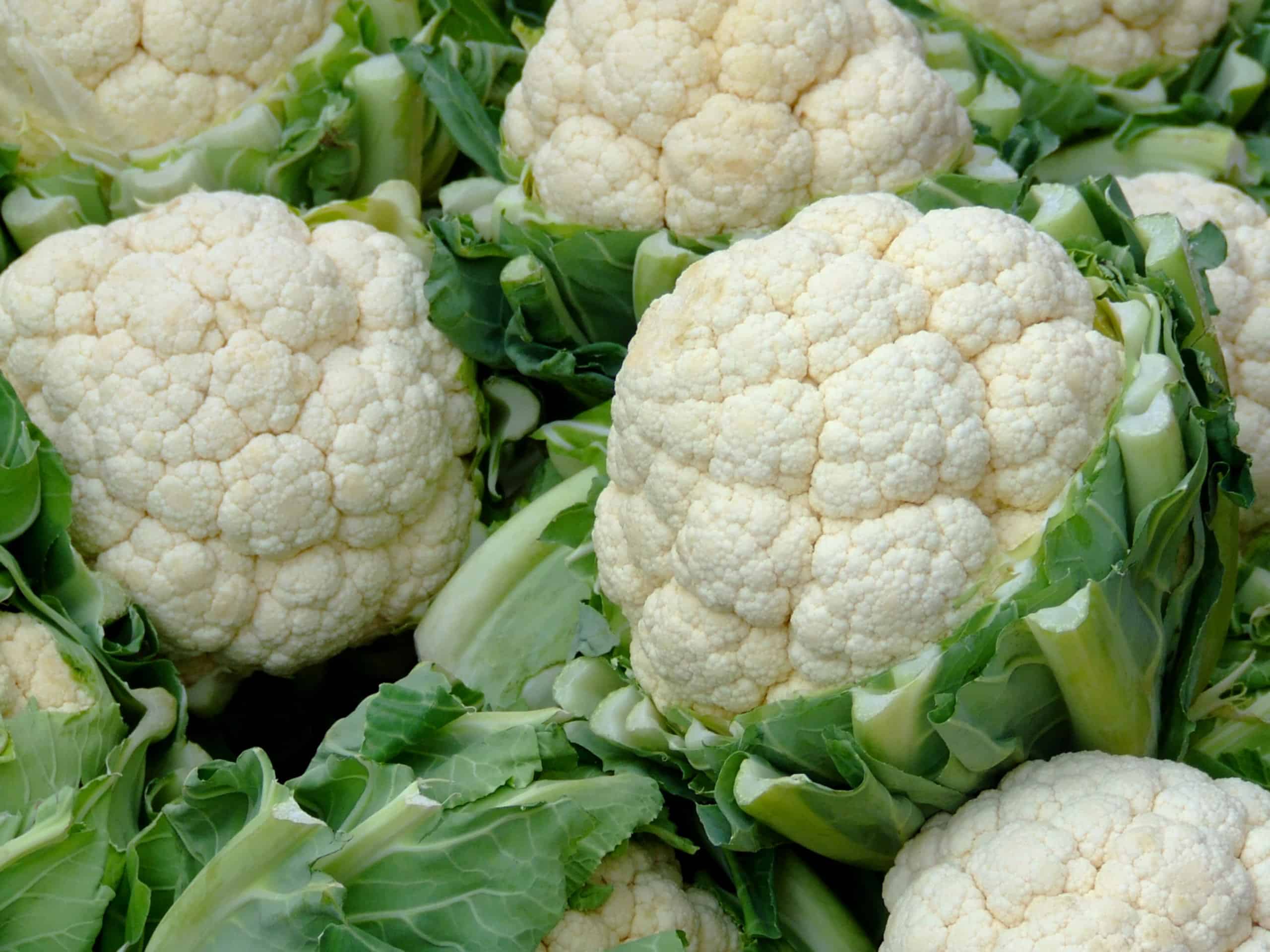
Eating one cup of cruciferous vegetables like cauliflower per week is very gut-healthy.
©iStock.com/Baloncici
Like many of the vegetables we’ve discussed so far today, cauliflower is also very nutrient-dense. According to Mayo Health Clinic, “When it comes to nutrition, cauliflower is a superstar. It’s high in vitamins C and K, and is also a good source of folate, which supports cell growth and is essential during pregnancy.”
9. Turnip Greens

Turnip greens can be eaten cooked or raw.
©Koichi Yoshii/iStock / Getty Images Plus via Getty Images
Do you enjoy growing or eating turnips? If so, you’re in luck. In addition to the root vegetable itself, the turnip greens are also a nutritious vegetable that gardeners can add to their diet for some extra Vitamin B.
10. Brocolli
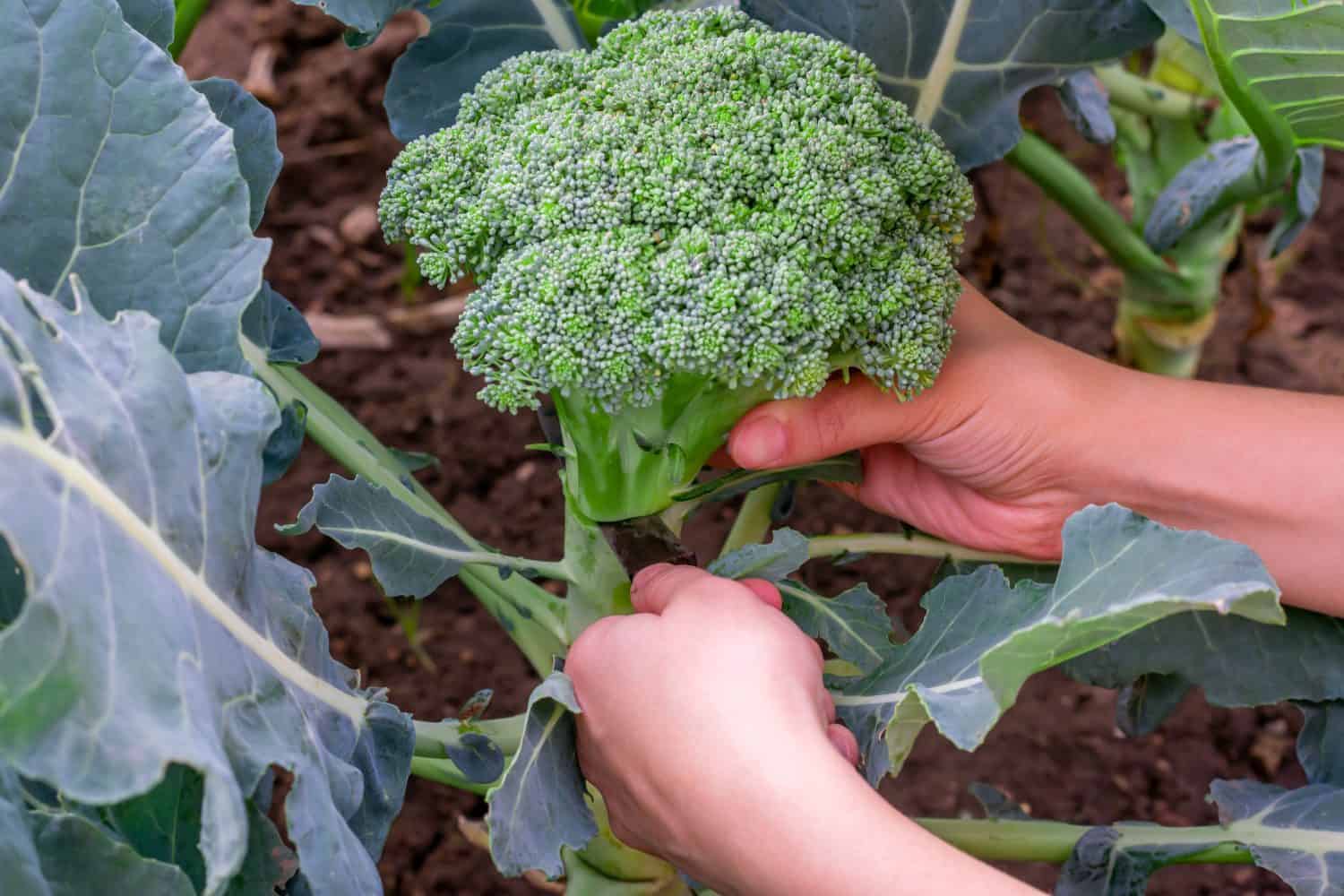
Eating broccoli is associated with improved vision, gut health, and heart health.
©Sunny_Smile/Shutterstock.com
Broccoli is similar to cauliflower in the nutritional benefits it provides. However, broccoli is slightly more packed with Vitamins A, B, C, and K. Gardeners can begin planting this vegetable sometime during the spring, and the growth time is usually somewhere between 50 and 80 days.
11. Collard Greens
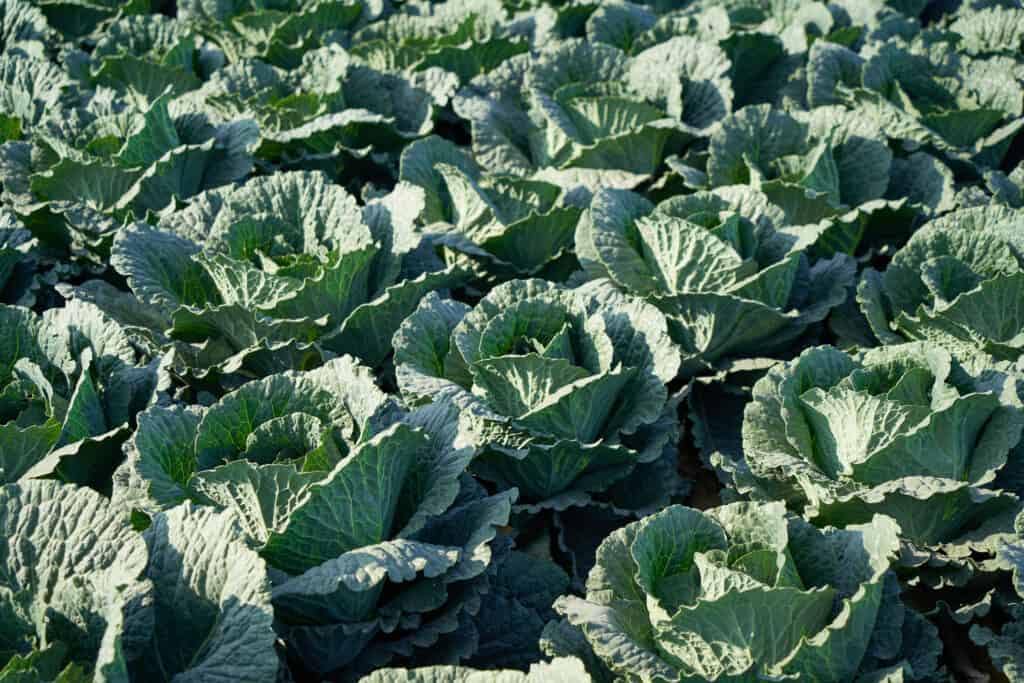
This vegetable also provides consumers with an excellent source of Vitamins A, C, and K.
©iStock.com/Wirestock
Collard greens are already a staple food in many houses, so why not give growing them a chance? Many gardeners will find that this Vitamin B-rich vegetable is easy to grow as long as the conditions are good. Plant this vegetable in soil with fertilizer and water frequently for the best results.
12. Edamame
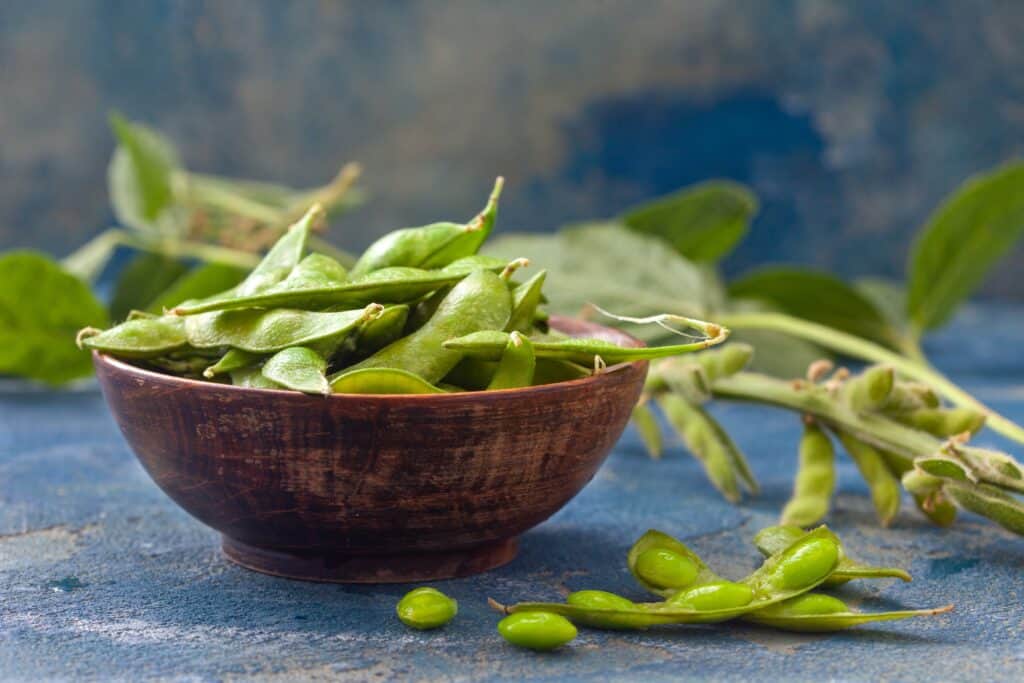
It is recommended to plant edamame during the late spring to ensure that temperatures are warm enough to help this plant grow.
©nada54/Shutterstock.com
Edamame is a tasty vegetable that many people enjoy as a snack. Steaming them and then covering their pods in salt or chili flakes can be an easy and quick side dish to pair with nearly any home-cooked meal.
13. Chickpeas

Eating chickpeas can improve digestion and cardiovascular health.
©timquo/Shutterstock.com
Also called “garbanzo beans,” chickpeas are another wonderful source of Vitamin B. The preparations for this legume are nearly endless. After harvesting, gardeners can blend them into a tasty hummus, roast them to use as a topping for salads, or simply incorporate them into a soup.
14. Corn
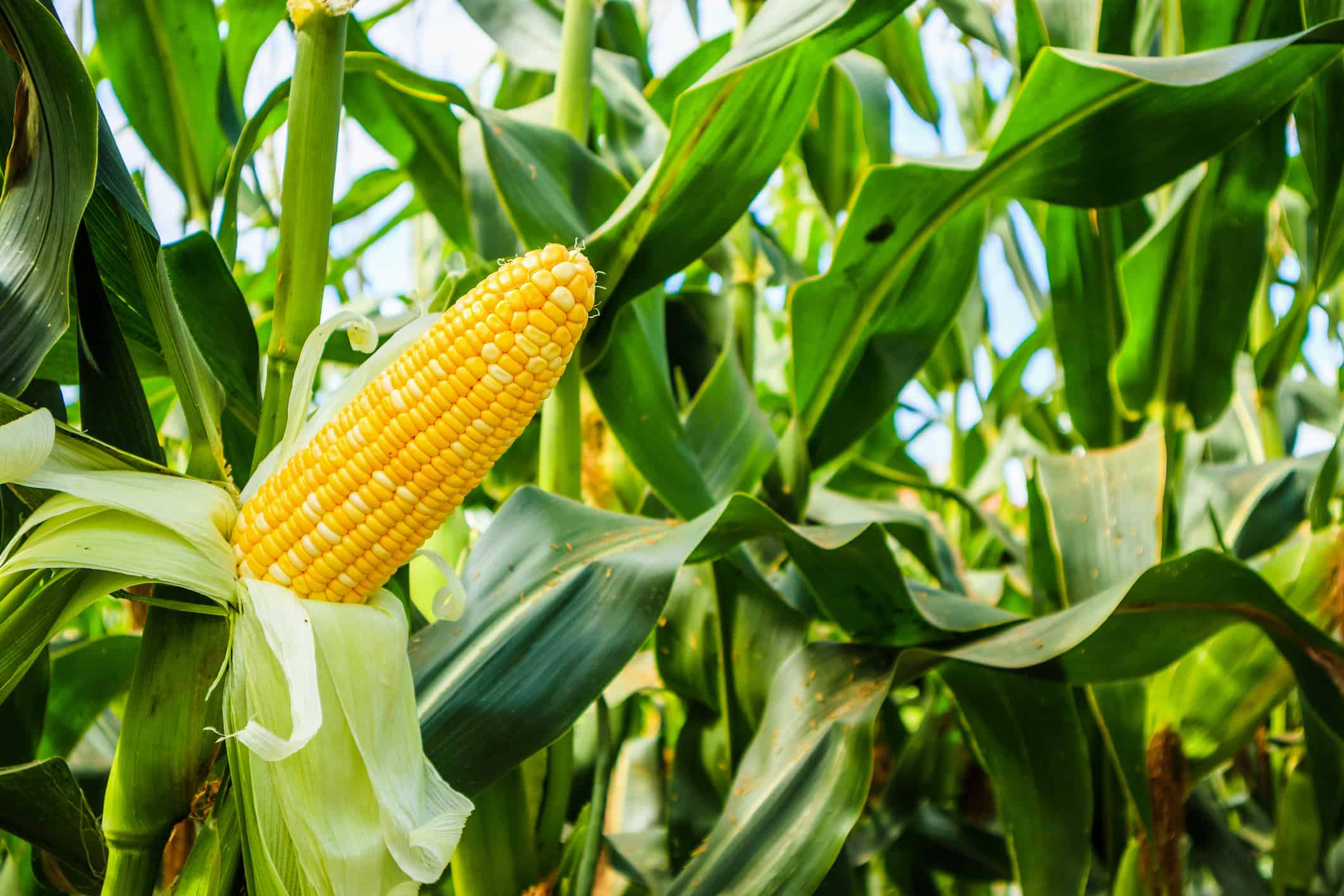
Corn is a diverse vegetable that can be prepared in many different ways.
©iStock.com/Kwangmoozaa
Many people already enjoy eating corn, so growing it in your garden can be fun, rewarding, and money-saving. Try planting this vegetable during late spring for harvest in the fall.
15. Mushrooms
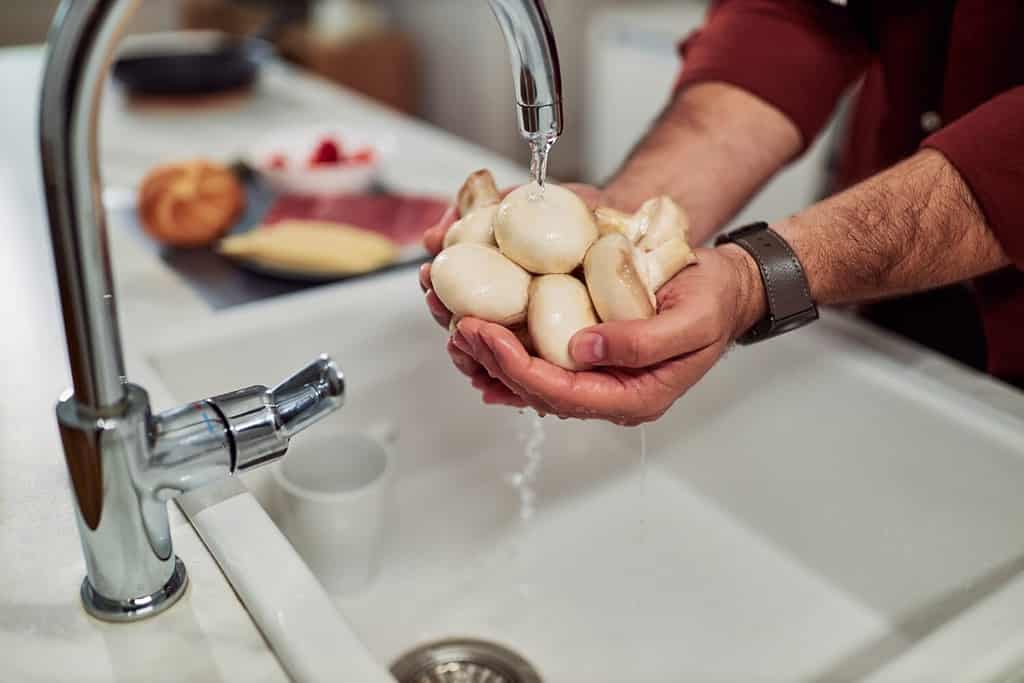
Mushrooms are rich in fiber.
©Jelena Zelen/Shutterstock.com
According to a journal authored by Sanjiv Agarwal and Victor L. Fulgoni, III, although mushrooms are actually fungi, “From a culinary standpoint, they are considered as vegetables and have been informally categorized among the ‘white vegetables’ That being said, think of this entry as an “honorable mention,” of sorts. Mushrooms are a great source of Vitamin B and help promote digestive health.
The photo featured at the top of this post is © Photo: Joydeep /CC BY-SA 3.0 – License / Original
Thank you for reading! Have some feedback for us? Contact the AZ Animals editorial team.







